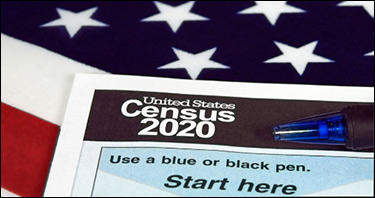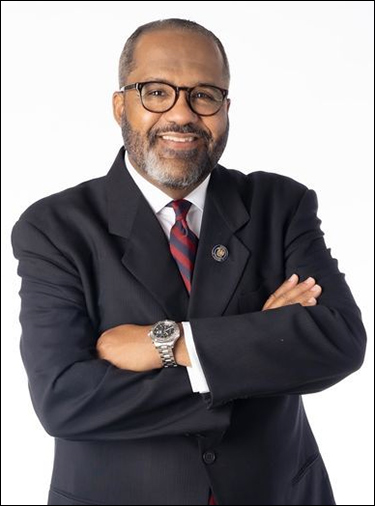By Jim Ellis
 April 30, 2021 — Monday’s Census Bureau’s congressional apportionment and state population report continues to be digested, and its many surprises will potentially lead to legal action from unanticipated sources.
April 30, 2021 — Monday’s Census Bureau’s congressional apportionment and state population report continues to be digested, and its many surprises will potentially lead to legal action from unanticipated sources.
First, the ongoing Alabama lawsuit against the census counting methodology, among other issues, will likely be drastically altered since the Yellowhammer State did not lose its seventh district. An in-person hearing has been scheduled for Monday, May 3, in the state capital of Montgomery.
Second, New York Gov. Andrew Cuomo (D) is already making noises that his state will sue over the apportionment formula that eliminated one of his state’s congressional districts by just 89 individuals. Others are questioning how the state, where projections forecast a loss of potentially two congressional districts, landed exactly on the national growth average and came within just a few people of not even losing one seat.
The 50-state population segmentation is interesting in that it again provides us clear growth and mobility patterns. Regionally, the immense area starting in the center of the country and moving west to the Pacific Ocean is the big population gainer. The Midwest and Northeast is the major loser, with the South and Southeast producing mixed data.
In the 17 states beginning at the eastern border of North Dakota and moving down all the way to Texas’ eastern border and then back through the entire west but not including Alaska and Hawaii, the regional population growth rate was 10.6 percent, or 3.2 points above the national growth rate of 7.4 percent.
If, however, the five states within this sector that fell below the national growth rate are removed, California (6.1 percent growth rate), Oklahoma (5.5 percent), Kansas (3.0 percent), New Mexico (2.8 percent), and Wyoming (2.3 percent), the regional average for the 12 states that exceeded the national growth rate becomes 13.4 percent, or a full six points above the US benchmark.
Therefore, the fact that this western region gained five of the seven new congressional seats is consistent with the recorded sector growth data.
The South/Southeast segment, which includes 11 states, produced inconsistent regional data. Area-wide, the average growth rate was 6.7 percent, or 0.7 percent below the national average. This is a surprising number considering the region gained two congressional seats in reapportionment.





